Is WWE Staged? The Complete Insider’s Guide to Wrestling’s Reality
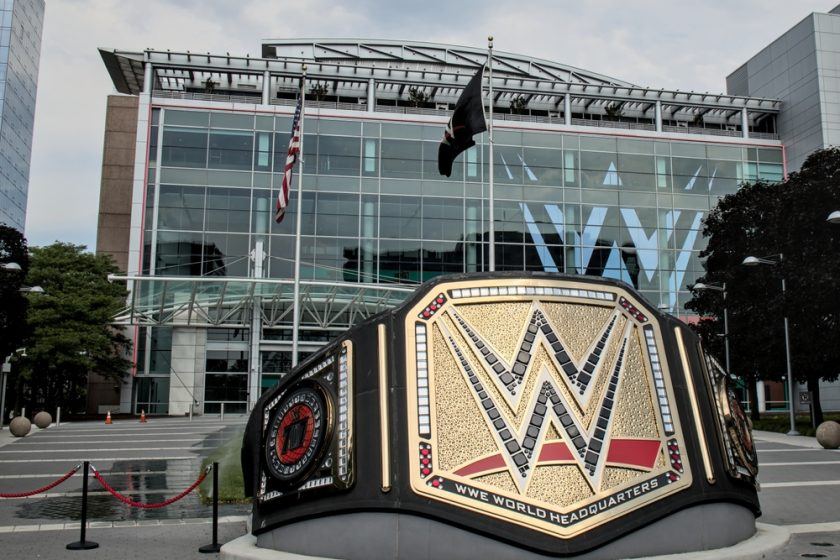
Introduction: WWE-Sports, Entertainment, or Something Else?
World Wrestling Entertainment (WWE) stands as the world’s premier wrestling organization, captivating millions and playing a unique role in American sports and pop culture. As WWE returns to Las Vegas after more than three decades, fans-old and new-still grapple with long-standing debates about its authenticity. Is WWE real competition, or is it all staged for theatrical effect? This guide explores the truth behind WWE’s carefully crafted spectacle, revealing the inner workings of wrestling’s most recognized brand and challenging the myths that persist about the sport.
Behind the Curtain: How WWE Matches Are Scripted
Yes, WWE matches are staged-but not in the way many might assume. The outcome of each bout, from weekly Raw episodes to the grand stage of WrestleMania, is predetermined by the creative team long before the wrestlers enter the ring. Champions are chosen, storylines mapped out, and key moments planned at a high level.
However, the journey to that outcome-the maneuvers, in-ring drama, and emotional storytelling-is mostly in the wrestlers’ hands. WWE superstars use their athletic skills and improvisation to engage the crowd, making every show unique despite fixed endings. The creative team may propose certain highlights or dramatic spots, but much of the performance depends on the talent’s ability to dazzle on the fly.
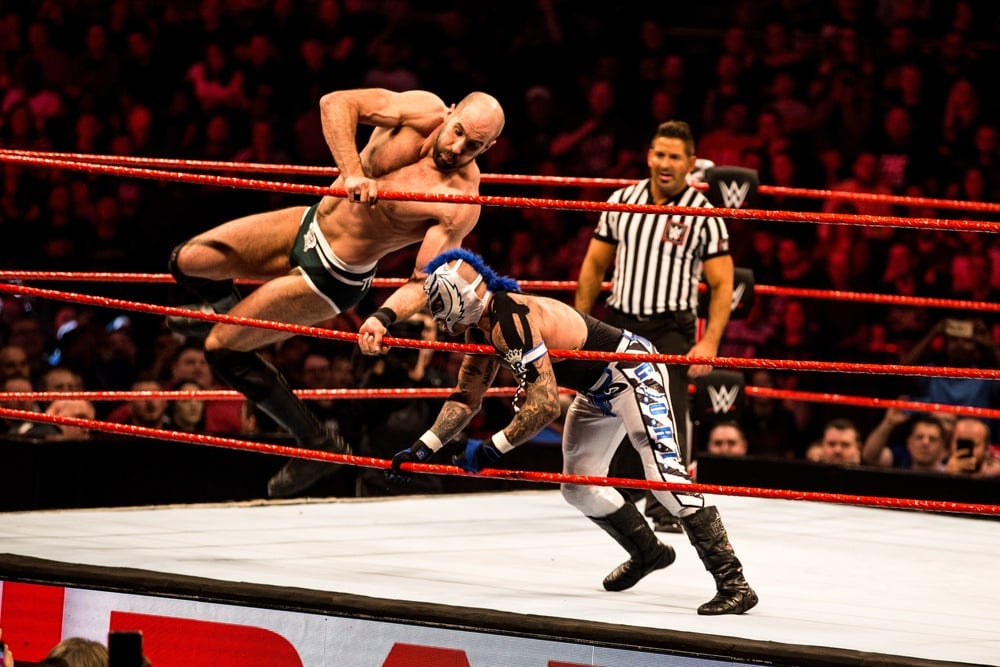
Common Misunderstandings About WWE
A cloud of misconceptions hovers over WWE, partly by design. The company’s mysterious script and secrecy have fostered cultural myths-some harmless, others misleading.
- **Myth 1: “If it’s scripted, it’s not dangerous.”**
This couldn't be further from the truth. Wrestlers routinely perform awe-inspiring, and often hazardous, feats. Legendary moments like Edge spearing Mick Foley through a flaming table or the Undertaker tossing Mankind off a steel cage entail real risks and genuine physical pain, despite their predetermined nature.
- **Myth 2: “Every punch and kick is choreographed.”**
While outcomes are set, most sequences inside the ring are improvised. Wrestlers frequently communicate silently to coordinate spots, but they have creative freedom to shape how matches unfold, ensuring excitement and unpredictability for audiences.
- **Myth 3: “WWE hasn’t changed since the Attitude Era.”**
WWE’s content has evolved dramatically. Although notorious for its edgy, adult-themed Attitude Era between 1997-2002-with risqué matches and controversial storylines-the modern WWE is predominantly family-friendly, retaining its thrilling action while appealing to a wider demographic.
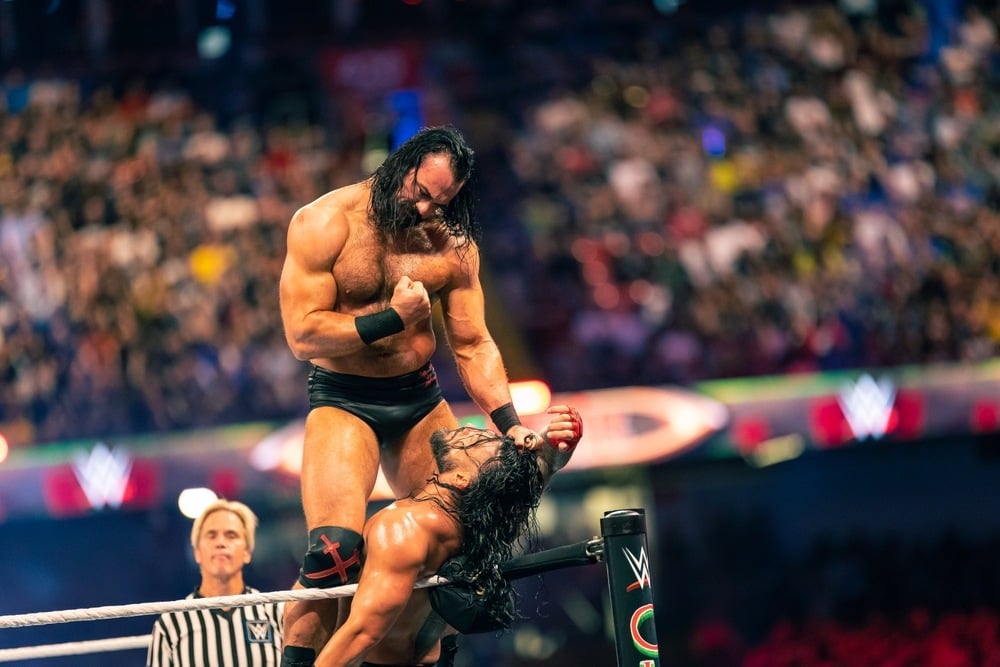
Image credit: Arthur Cauty/Shutterstock
One unforgettable behind-the-scenes story is the Montreal Screwjob, where Bret Hart lost his championship under controversial circumstances in Canada. WWE’s history is filled with such dramatic moments-both scripted and genuine-that shape its ever-evolving identity.
The Shift From Realism to Script: WWE’s Historical Evolution
Although WWE (formerly WWF) publicly maintained the illusion of legitimate competition up until the late 1980s, matches have been staged since the organization’s earliest days.
Founded in 1953 as Capitol Wrestling Corporation, the company was led by Vincent J. McMahon and Toots Mondt and quickly became part of the National Wrestling Alliance. The birth of unique wrestler personas and preplanned outcomes began even then.
In 1982, Vince K. McMahon bought out his father’s business, rebranding it as the World Wrestling Federation (WWF). He revolutionized the sport by syndicating wrestling nationally and breaking away from the regional territory system.

Image credit: Tom Rose/Shutterstock
WWF matches always had predetermined endings, but the official admission came in 1989 when McMahon acknowledged the scripted nature of wrestling to government authorities, partly to avoid athletic commission taxes. Even so, the company stuck to strict protocols to preserve the illusion of reality, or kayfabe-including keeping feuding wrestlers apart in public and instructing them to stay “in character” outside the ring.
Entertainment or Authentic Competition? Understanding WWE’s Unique Formula
WWE spent decades perfecting kayfabe-the art of making fans believe storylines and rivalries are real. For many years, this included an elaborate effort to maintain the illusion both on- and off-screen.
This practice began to shift in 1989 when Vince McMahon formally stated to the New Jersey State Senate that the sport was “sports entertainment” with scripted results. Since then, WWE has leaned into its theatrical roots. The digital era and the rise of fan discussion forums further eroded kayfabe, making it virtually impossible to maintain the charade as viewers gained behind-the-scenes access and rewatched bouts more closely than ever before.
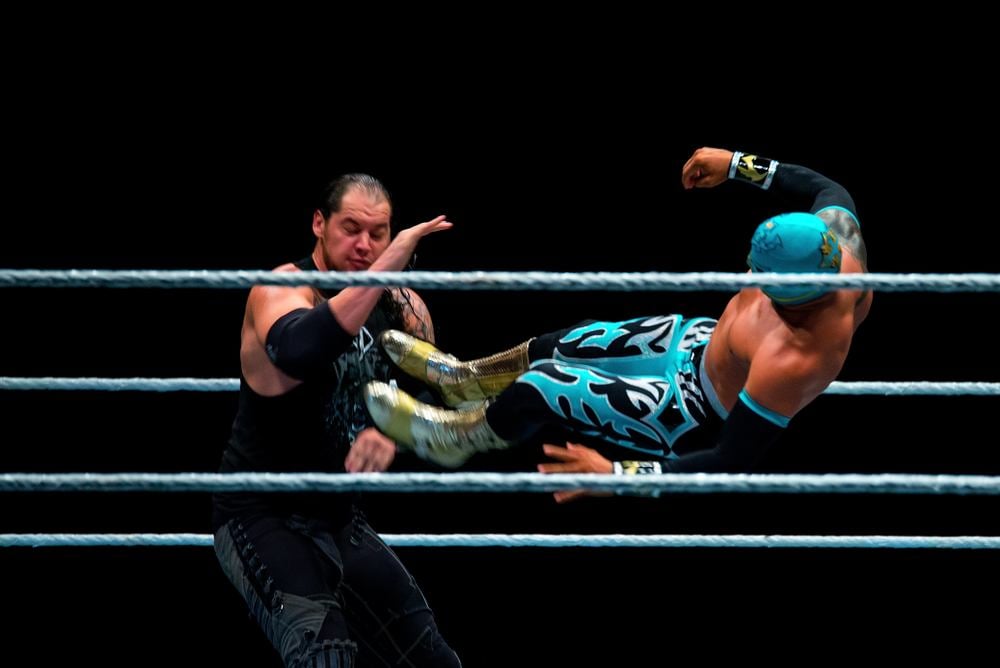
Image credit: Christian Bertrand/Shutterstock
Today, WWE openly markets itself as entertainment, spotlighting the athletic prowess and charismatic storytelling of its stars. While match outcomes are orchestrated, the physicality and risk remain undeniably authentic.
Inside the WWE Universe: Brands, Shows, and Fan Favorites
WWE’s programming is structured around three primary brands, each with its own cast, storylines, and creative direction:
- **Monday Night Raw**
- **Friday Night SmackDown**
- **NXT** (a developmental platform for up-and-coming talent)
Before the brand split in 2002, Raw and SmackDown were merely programming titles. WWE’s acquisition of rival organizations-including WCW and ECW-necessitated the division of talent into separate brands, each managed with its own signature flair. The WWE Draft, held periodically, determines roster assignments.
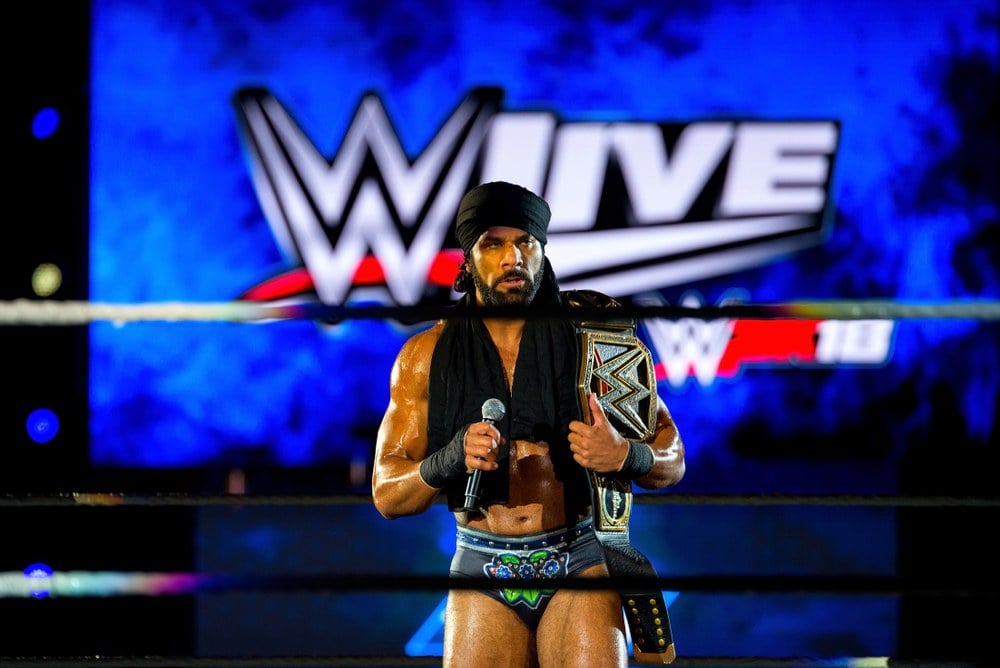
Image credit: Christian Bertrand/Shutterstock
NXT, reintroduced in 2016, serves as WWE’s developmental league, bridging aspiring wrestlers into superstardom. To keep up with WWE storylines and matches, viewers tune in weekly to Raw and SmackDown, as well as annual special events like WrestleMania and SummerSlam. International shows, such as those in the UK and Saudi Arabia, underscore WWE’s global appeal.
Conclusion: The Heart of WWE’s Spectacle
While WWE matches are scripted and outcomes are decided in advance, the combination of athletic performance, improvisation, and storytelling is very real. The pain, artistry, and risks taken inside the squared circle are genuine. The enduring appeal of WWE lies not in the result of each match, but in the journey-the suspense, drama, and sheer entertainment delivered to fans around the world.
Title Image Credit: yuriyt/Shutterstock













